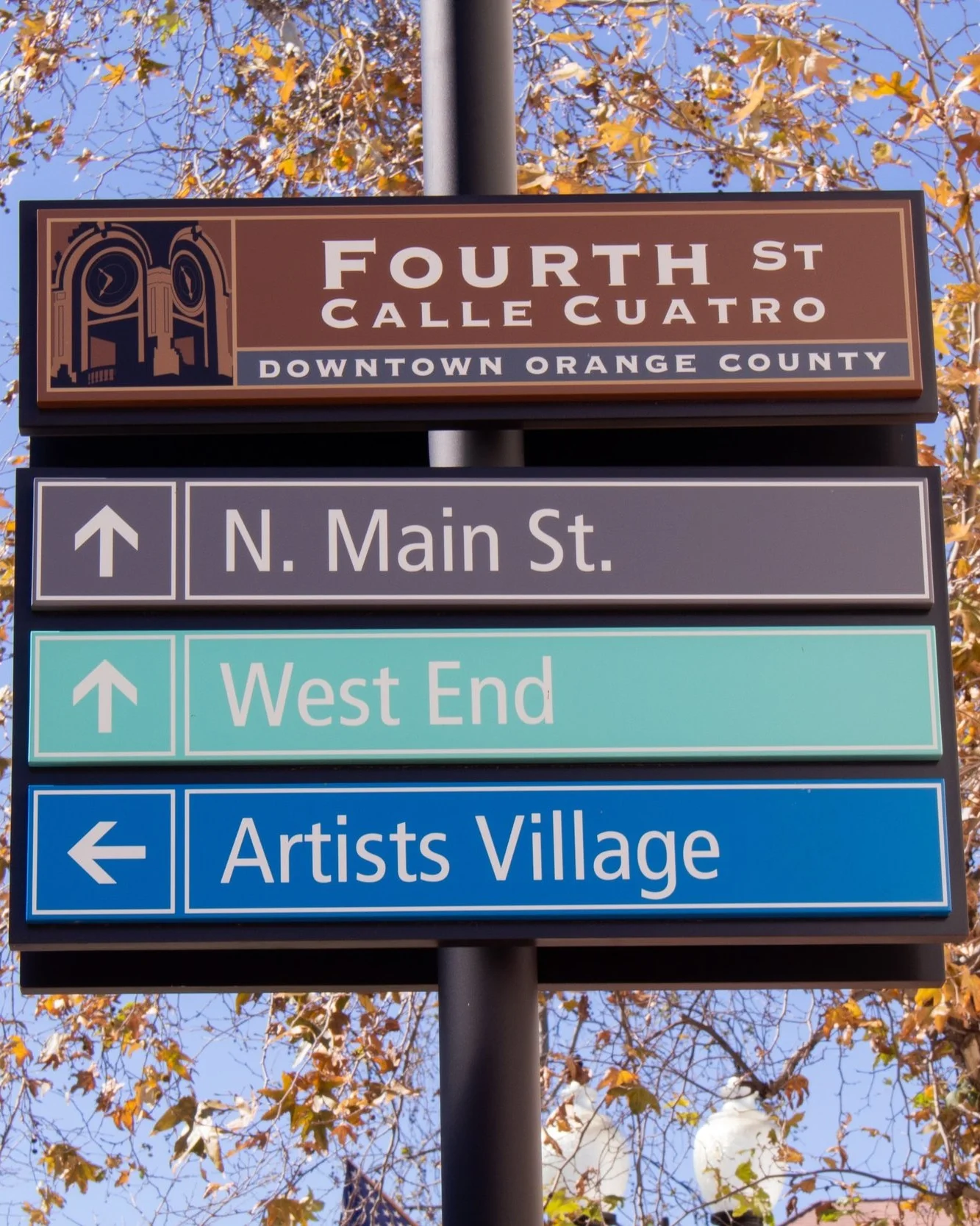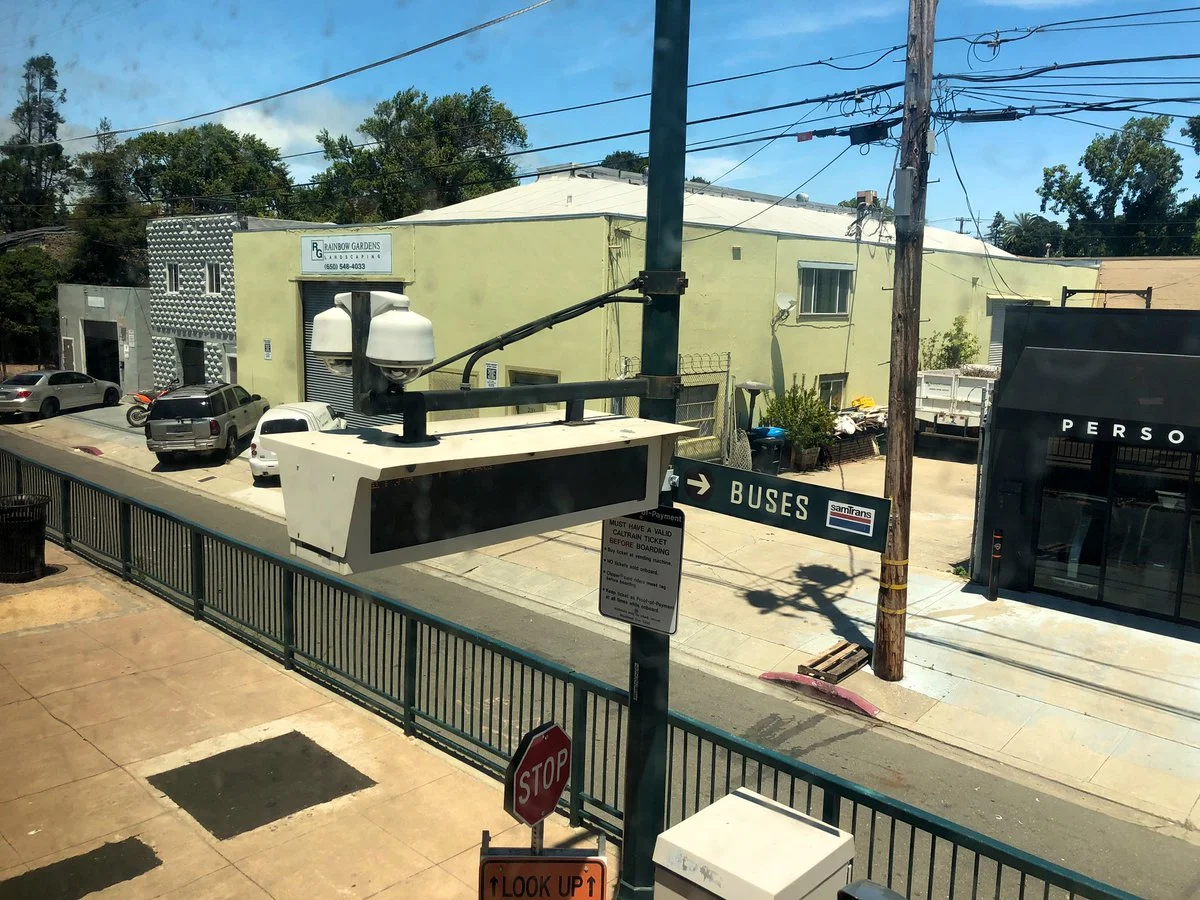Latinos are the largest ethnic group in a state with the world’s fifth-largest economy. And yet it’s increasingly difficult for Latinos to achieve the California Dream. Rebuilding an entrepreneurial and middle class is a complex problem, but it’s not that difficult to solve.
Read MoreMaking big developers “give back” to the community by running a gauntlet of concessions and fees seems like it should weaken their clout. Here’s why it actually does the opposite.
Read MoreSanta Ana’s Michele Martinez has an incredible story. She grew up in an environment with poverty, gang violence, and drugs. But she became a “positive disruptor” and used a Strong Towns approach to create big change in her community.
Read MoreThe actual tracks are gone, but the “other side of the tracks” divide remains. Can a community garden on the site of the old rail line help knit the town back together again?
Read MoreSomething special is emerging in Southern California: a growing movement of people dedicated to making their communities stronger and more resilient. We’re gathering a bunch of those folks in one place. Are you going to be there?
Read MoreCalifornia recently passed a statewide rent control bill. Will it protect tenants, alleviate the housing crisis, and strengthen communities? Or is it another massive #california intervention that will do little to clean up the mess made by the LAST massive intervention?
Read MoreCommuter rail stations in the San Francisco Bay Area should be some of the most valuable land in the region (and by extension, the world). So why are there so many parking lots and one-story buildings right next to them?
Read MoreLos Angeles, where the car is famously king, may have one of the best shots of any American city of becoming a car-optional place at scale—not just in a few trendy neighborhoods lucky enough to have good transit. Here’s why.
Read MoreJoin Strong Towns for immersive experiences designed to help you make the Strong Towns approach real in your place.
Read MoreSan Bruno, California laid out a detailed blueprint for more housing. One developer followed that blueprint. $3 million and 3 years later, the city killed his project anyway.
Read MoreGoogle wants to dedicate $1 billion to creating housing in the San Francisco Bay Area. This is a big enough number to make a real dent, but will it help tackle the systemic issues driving the region’s housing crisis?
Read MoreCalifornia’s high-speed rail project appears indefinitely on hold. What is the opportunity cost of all the things the state hasn’t done during the decade-plus its leaders have spent fixated on this?
Read MoreAn interview with Dr. Adonia Lugo, author of Bicycle / Race: Transportation, Culture & Resistance, about broadening bike advocacy to look beyond physical infrastructure to the “human infrastructure” of the communities we build around bicycling.
Read MoreIncremental development doesn’t mean slow development. Here’s how big places that need housing fast can get there using the Strong Towns approach.
Read MoreSacramento’s vice mayor gave Strong Towns founder Charles Marohn a shout-out in announcing the city’s new transit-oriented development rules. Our message is making a difference in the world.
Read MoreIf we want to fix crony capitalism, what we really need is to localize capital.
Read MoreIn this podcast episode, Chuck Marohn and Strong Towns board member Andrew Burleson discuss how electric scooters could change the way we think about how space is allocated on our streets.
Read MoreNew maps from Urban3 visualize the shocking disparities in who is actually footing municipal bills in California.
Read MoreOur transportation system has solely focused on automobile traffic flow as its metric of success. For the sake of our economic and physical health, that needs to change.
Read MoreBozeman is becoming the new frontier for tech workers who don’t want to slog it out in the Bay Area. What does that mean for the city?
Read More



















